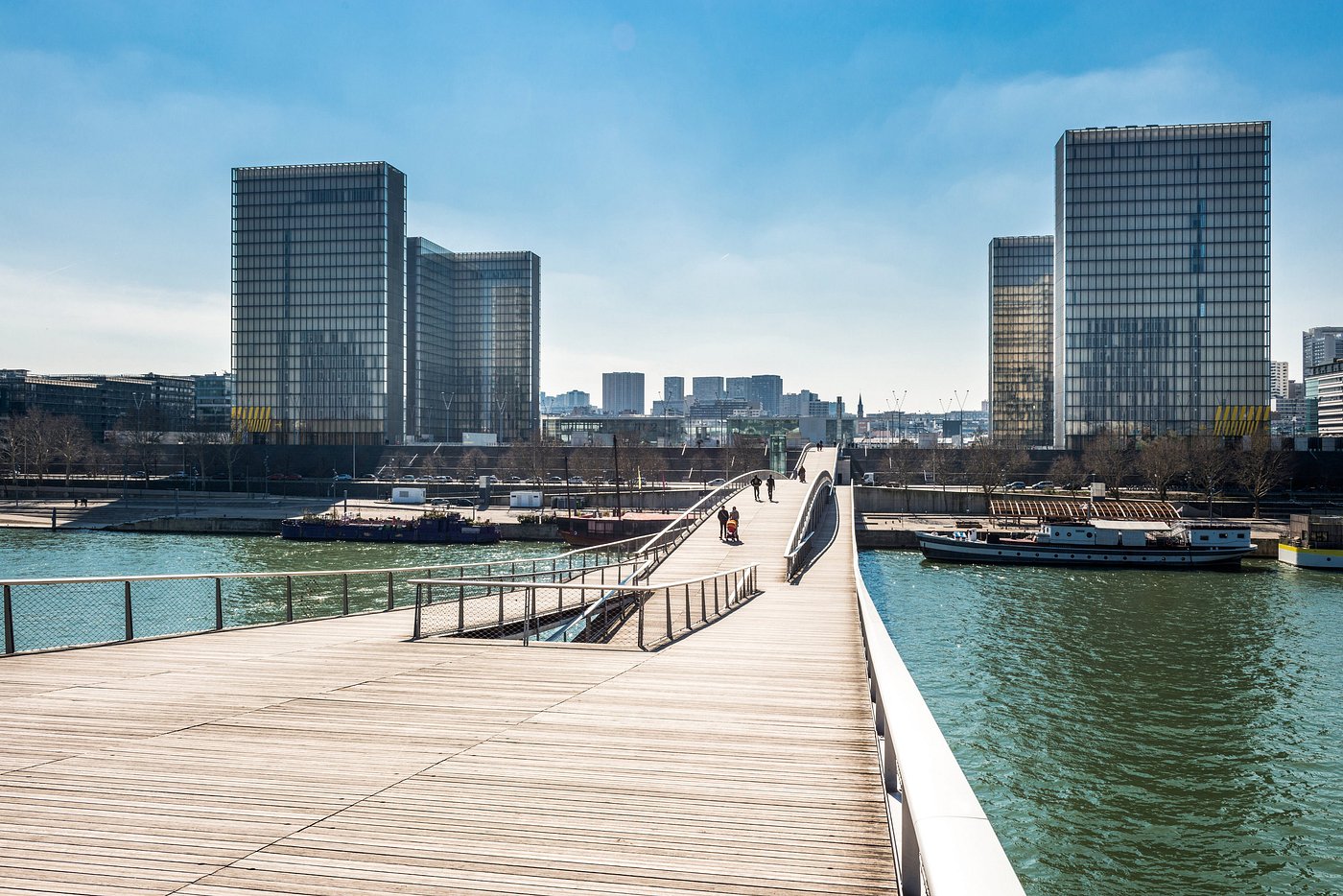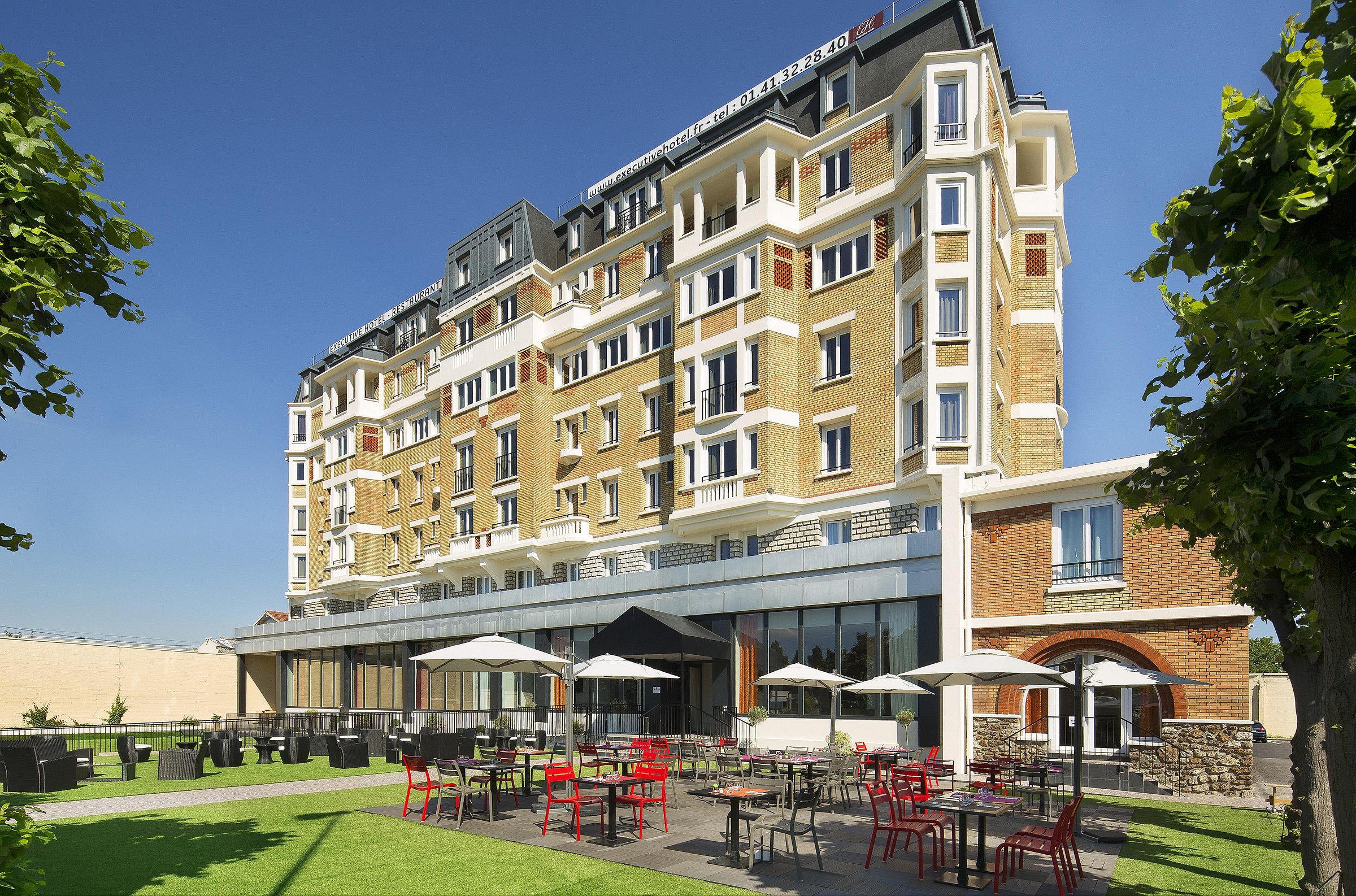Gennevilliers: A suburb of Paris is being rediscovered
In the northern suburbs of Paris, a city often overlooked by tourists yet brimming with potential and history can be found. Gennevilliers, situated on the banks of the Seine, offers a unique blend of industrial heritage, cultural diversity, and urban renewal. This unassuming commune has been quietly transforming itself, emerging as a testament to the evolving face of Greater Paris.

A Rich Industrial Past
The story of Gennevilliers is inextricably linked to its industrial heritage. Once a small agricultural village, the city was dramatically transformed in the late 19th and early 20th centuries. The construction of the Port of Gennevilliers in 1908 marked a turning point, establishing the area as a crucial industrial and logistical hub for the Paris region.
Today, the port remains one of the largest river ports in France and a key economic driver for the city. Visitors are often surprised by the scale of this inland harbor, where massive cranes and container ships create a stark contrast to the urban landscape. The port's history is preserved and celebrated at the Port Museum, where the industrial legacy of Gennevilliers is brought to life through interactive exhibits and historical artifacts.
Cultural Diversity and Urban Renewal
Like many Parisian suburbs, Gennevilliers has been shaped by waves of immigration, resulting in a rich tapestry of cultures. This diversity is reflected in the city's vibrant markets, eclectic cuisine, and multicultural events. The annual Gennevilliers Festival, held each summer, showcases this cultural wealth with music, dance, and food from around the world.
In recent years, significant efforts have been made to revitalize the city. Modern apartment complexes and green spaces have been developed, breathing new life into former industrial areas. The Chandon-République eco-district stands as a prime example of this urban renewal, where sustainable architecture and community-focused planning have created a model for 21st-century suburban living.
A Hub for Arts and Culture
Despite its industrial reputation, Gennevilliers boasts a thriving arts scene. The Théâtre de Gennevilliers, founded in 1963, has become renowned for its avant-garde productions and commitment to contemporary performance. This cultural institution has played a crucial role in putting Gennevilliers on the map for theater enthusiasts from across the Paris region and beyond.
The city's commitment to the arts is further evidenced by the numerous public sculptures and murals that dot its streets. These works, many created by local artists, add splashes of color and creativity to the urban landscape, transforming ordinary spaces into open-air galleries.
Green Spaces and Leisure
Gennevilliers is not all concrete and industry. The city is home to several parks and green spaces that offer respite from urban life. The Parc des Chanteraines, spanning over 80 hectares, is a particular highlight. This vast park features lakes, woodlands, and meadows, providing a natural oasis for residents and visitors alike. Here, families can be seen picnicking, joggers weave through tree-lined paths, and birdwatchers observe the diverse wildlife that calls the park home.
For those seeking more active pursuits, the city's sports facilities are impressive. The Olympic Nautical Stadium, built for the 1924 Paris Olympics, has been beautifully restored and continues to serve as a center for aquatic sports and recreation.
Looking to the Future
As part of the Grand Paris project, Gennevilliers is poised for further transformation. The extension of the Paris Metro Line 13 and the planned addition of new stations on the Grand Paris Express network will enhance the city's connectivity, potentially attracting more residents and businesses.
This improved access is expected to fuel further development and regeneration. Plans are already underway for new mixed-use developments that aim to balance residential, commercial, and green spaces, ensuring that Gennevilliers continues to evolve while honoring its industrial roots.

While Gennevilliers may not yet be on every traveler's radar, its unique blend of industrial heritage, cultural diversity, and ongoing renewal makes it a fascinating destination for those looking to explore beyond the typical Parisian tourist trail. As the city continues to reinvent itself, it stands as a symbol of the dynamic, ever-changing nature of urban life in the 21st century.
For those seeking to explore more of France's diverse urban landscapes, a visit to Lyon could provide an interesting contrast, offering another perspective on how French cities are evolving and preserving their heritage simultaneously.
Related articles
Show all
Grasse - Perfumery and lands of flowers
The French Riviera or also called Côte d’Azur is located on the Mediterranean coastal region of the southeastern area of France. It offers a dozens of tourist spots that are simply wonderful to explore. One of the most magnificent areas is Grasse, which is situated just 15 km from Cannes at an altitude of 300-400 meters. With a varied and extensive past, Grasse is a breath of fresh air in the luscious greenery of forests, caves, and mountains on the French Riviera. A commune in France, Grasse Provence was the world’s perfume capital in the 19th century and has become one of the biggest tourist destinations.
Grasse - FRANCE

Best 15 things to do in Grasse
The French Riviera conjures images of glamorous beaches and star-studded film festivals, but tucked away in the hills above the coast lies a town that captivates visitors with a different kind of allure. Here, the air itself tells a story - one of blooming flowers, age-old traditions, and the art of perfume-making. Welcome to Grasse, where history and fragrance intertwine to create an unforgettable sensory experience.
Grasse - FRANCE

The top 15 things to do in Deauville
The Normandy coast of France has long been revered for its picturesque landscapes, rich history, and luxurious seaside resorts. Among these gems, one town stands out as a beacon of elegance and leisure. With its pristine beaches, world-class amenities, and cultural offerings, this destination has become a playground for the elite and a haven for those seeking a taste of the good life. From its iconic boardwalk to its prestigious film festival, visitors are invited to immerse themselves in a world where sophistication meets seaside charm.
Deauville - FRANCE

The 15 best things to do in Pau
Nestled at the foot of the Pyrenees, a hidden gem awaits discovery in southwestern France. This charming city, steeped in history and surrounded by natural beauty, offers a unique blend of cultural richness and outdoor adventure. From majestic castles to world-class sports facilities, visitors can be captivated by a diverse array of experiences that showcase the best of French heritage and contemporary life.
Pau - FRANCE

The 15 best things to do in Fontainebleau
Just a stone's throw from Paris, a world of regal splendor and natural beauty awaits. Centuries of French history have been woven into the fabric of this enchanting town, where majestic forests meet opulent palaces. Visitors can find themselves transported to a realm where kings once walked and artists found inspiration. This hidden gem offers a perfect blend of cultural richness and outdoor adventure, enticing travelers to explore its many facets.
Fontainebleau - FRANCE

Top 15 things to do in Uzès
Tucked away in the sun-drenched Languedoc-Roussillon region of southern France, a charming medieval town awaits discovery. With its well-preserved Renaissance architecture, bustling markets, and rich history, this hidden gem offers visitors a genuine taste of French provincial life. From exploring ancient Roman ruins to savoring local delicacies, the following activities promise an unforgettable journey through one of France's most captivating destinations.
Uzès - FRANCE

 Home
Home Wishlist
Wishlist